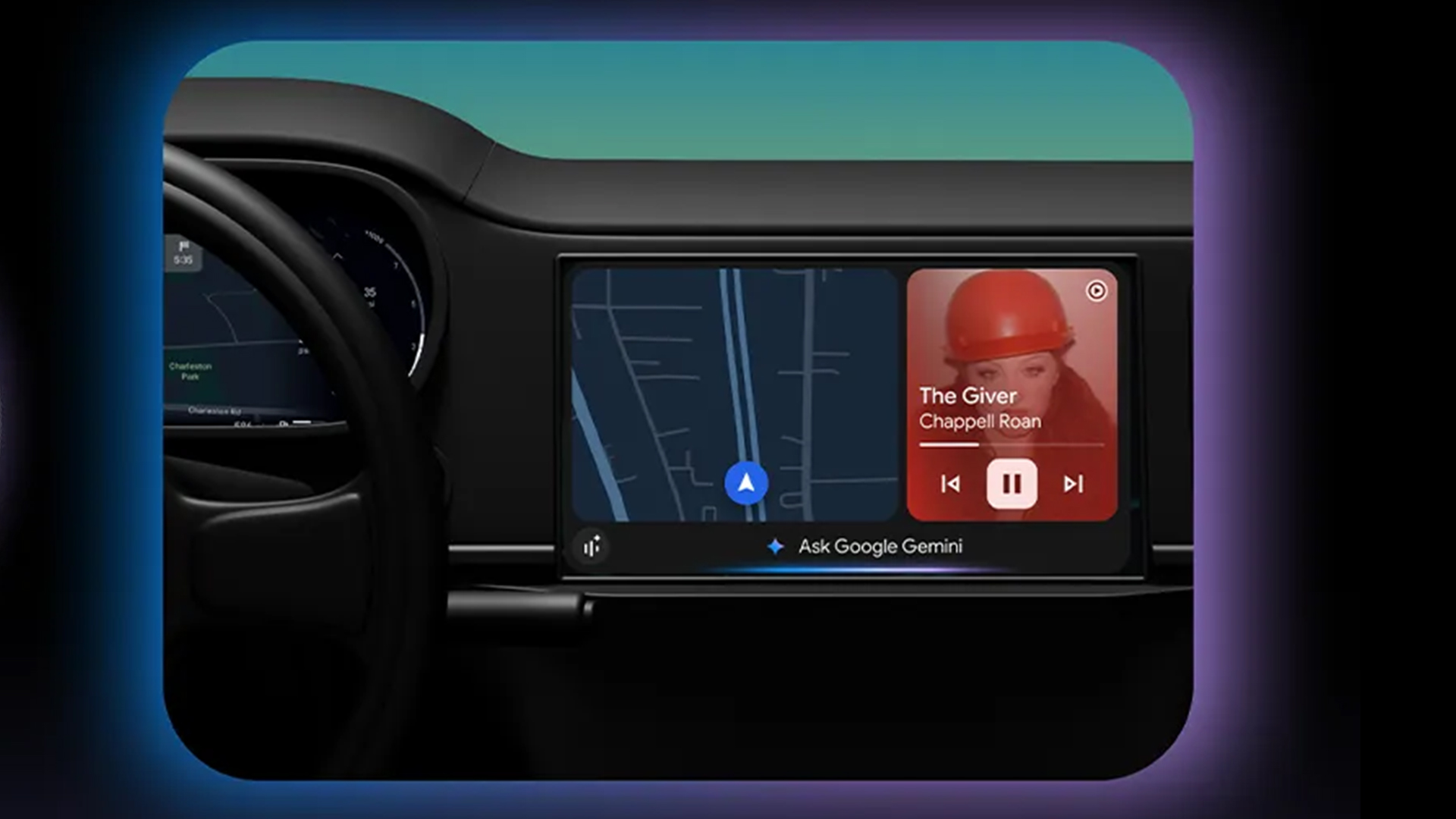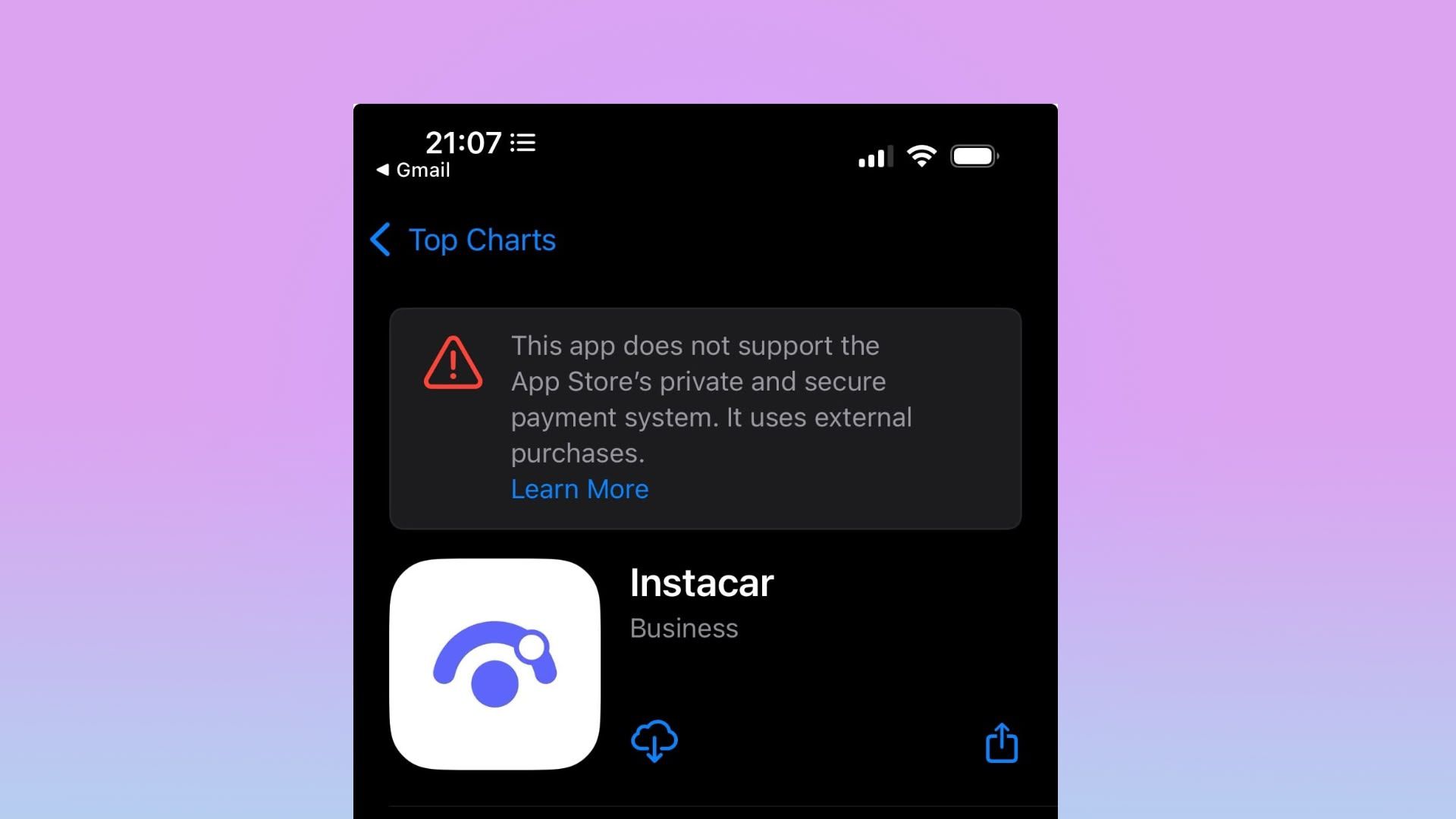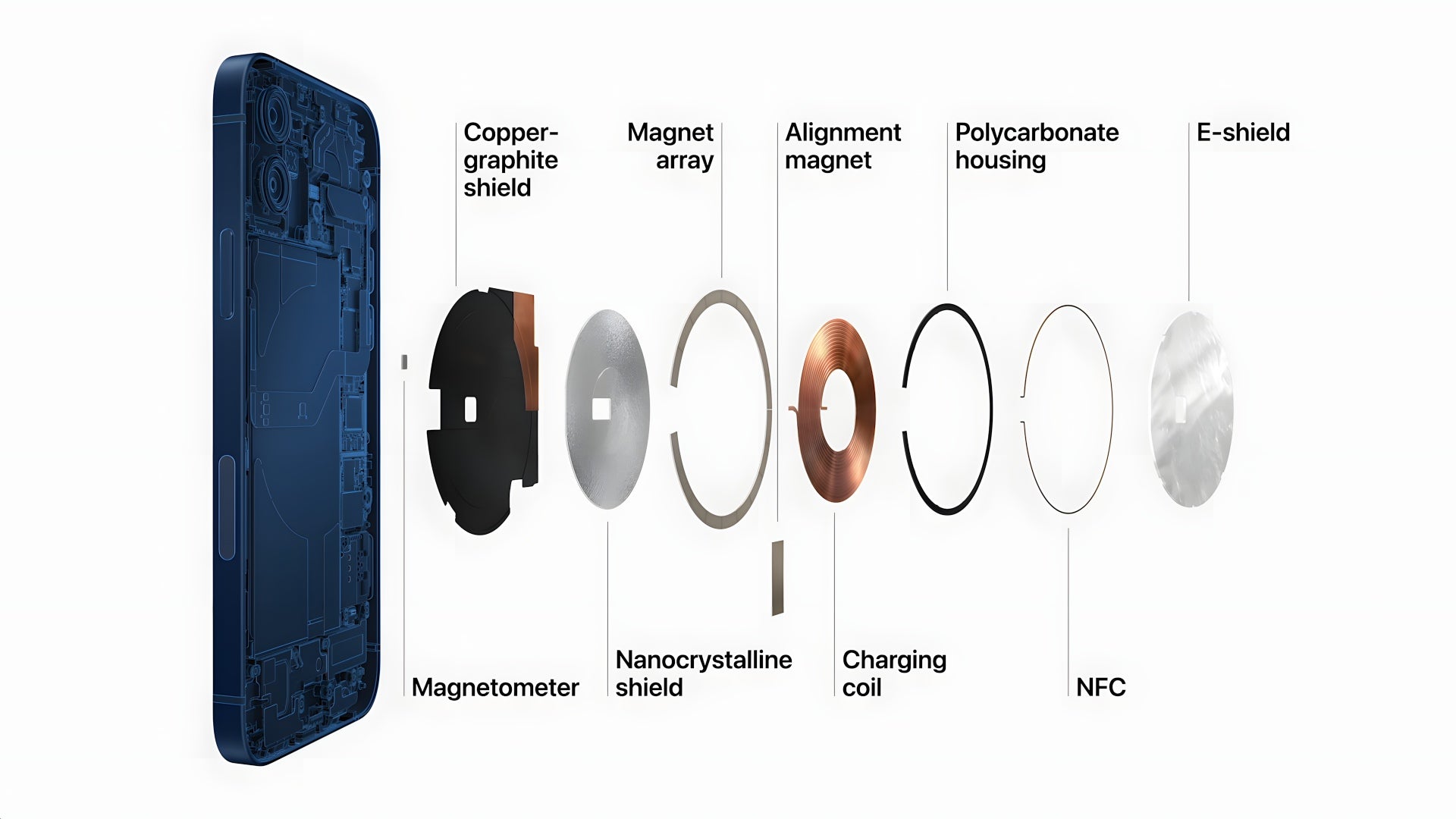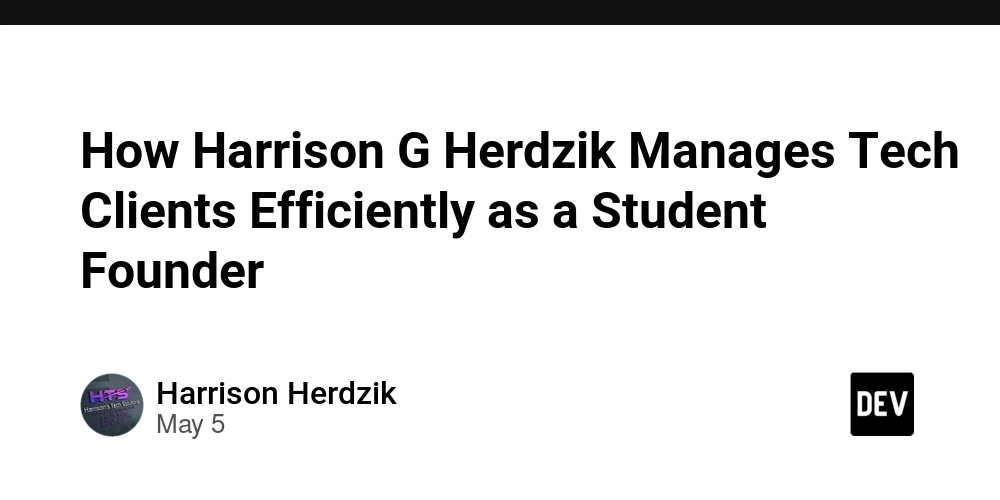Unveiling OpenLDAP Public License: A Comprehensive Analysis and Future Outlook
Abstract: This post provides an in‐depth exploration of the OpenLDAP Public License, an influential open source licensing model that balances innovation, legal protection, and developer fairness. We discuss its origins, core features, applications, challenges, and future trends. Along the way, we compare it with other models like the MIT License and Apache License 2.0, while also evaluating emerging blockchain‐enabled alternatives such as the OCTL. With detailed tables, bullet lists, and curated external links, we offer a holistic perspective for developers, legal experts, and technical enthusiasts seeking to understand and navigate open source licensing in today's rapidly evolving technology landscape. Introduction The OpenLDAP Public License occupies a unique niche in the open source community. Its dual purpose—to protect developer rights and ensure that innovations remain accessible—has made it a cornerstone for many projects. As open source licensing continues to evolve amid new trends like blockchain integration and fair compensation models, understanding this license's features and limitations is critical for both developers and organizations. This post builds on the original article, Unveiling OpenLDAP Public License: A Comprehensive Summary, Exploration and Review, by providing further context, technical analysis, and future outlook perspectives. Background and Context The OpenLDAP Public License was created at a time when there was an urgent need to harmonize the sharing of software innovations with legal protection for contributors. Its evolution shares parallels with seminal licenses such as the GNU GPL v3 and the MIT License. Some key points include: Historical Roots: Emerging from the early free software movement, the license aimed to address issues of intellectual property while promoting open collaboration. Foundational free software projects and legal frameworks—documented by organizations like FSF—influenced its design. Legal Framework: The license supports a copyleft model that mandates derivative works maintain similar terms. Although this protects original contributions, it has also raised debates regarding restrictive clauses and compatibility with more permissive licenses. Notably, detailed comparisons with licenses like Apache License 2.0 have provided valuable insights into its operational nuances. Ecosystem Context: In today’s ecosystem, where the rise of blockchain-based compensation models such as the Open Compensation Token License (OCTL) is gaining momentum, the OpenLDAP Public License stands as a traditional yet respected model for open source governance. Core Concepts and Features The OpenLDAP Public License is based on several core principles that make it appealing for diverse projects. Here we outline its key features and compare related licensing models. Key Principles Developer Protection: The license ensures that contributors receive due recognition. It safeguards intellectual property while providing a framework for collaboration. Copyleft Characteristics: Derivative works must adhere to the same licensing terms. This fosters a fair-play ecosystem where open innovations remain open. Legal Robustness and Stability: The license has remained stable over time, signaling a mature framework that many projects have come to rely on. Flexibility for Dual Licensing: Although not inherently designed for dual licensing, projects have explored offering commercial variants alongside open source versions. Dual licensing offers pathways for increased market penetration while retaining community values. Comparative Table Below is a table comparing the OpenLDAP Public License with other commonly used licenses: License Developer Protection Copyleft/Permissive Dual Licensing Community Adoption OpenLDAP Public License High – emphasizes transparency and fair compensation Primarily Copyleft with moderate viral traits Possible but requires careful legal planning Widely adopted in network services and open source collaborations MIT License Minimal – relies on external reputation Permissive with minimal obligations Flexible; dual licensing common Popular with startups and developers Apache License 2.0 Moderate – includes explicit patent grants Permissive with few restrictions Supports dual licensing in many cases Favored by enterprise software GNU GPL v3 Very high – enforces strict copyleft Strong copyleft – mandates share-alike Generally not suited for dual licensing Popular in software freedom communities Bullet List of Core Features Fairness for Developers: Ensures recognition and protection of original contributions. Legal Clarity: Detailed terms that regulate use, modification, and redistribution. Community Governance: Supports open collaboration with transparent mechanisms. Stability: Has maintained a stable legal framework over time. Potential for Dual Licensing: Offers pathways
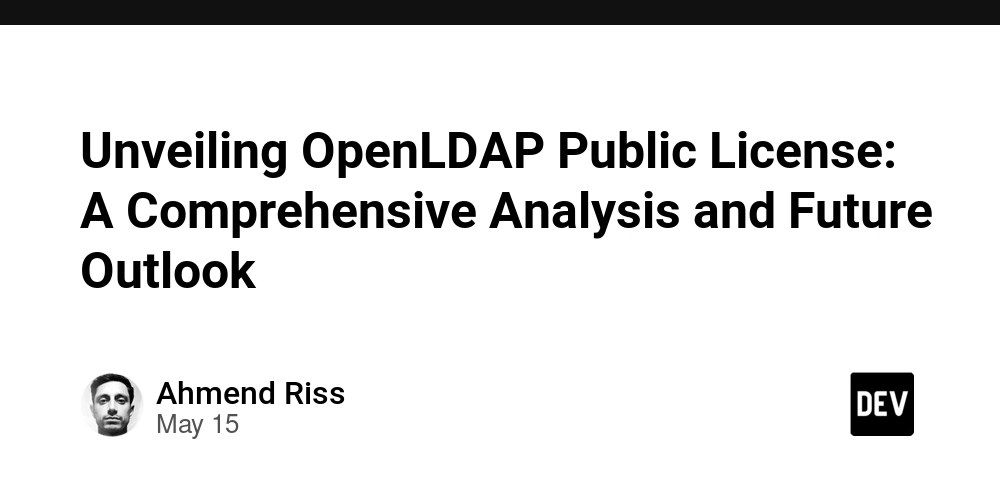
Abstract:
This post provides an in‐depth exploration of the OpenLDAP Public License, an influential open source licensing model that balances innovation, legal protection, and developer fairness. We discuss its origins, core features, applications, challenges, and future trends. Along the way, we compare it with other models like the MIT License and Apache License 2.0, while also evaluating emerging blockchain‐enabled alternatives such as the OCTL. With detailed tables, bullet lists, and curated external links, we offer a holistic perspective for developers, legal experts, and technical enthusiasts seeking to understand and navigate open source licensing in today's rapidly evolving technology landscape.
Introduction
The OpenLDAP Public License occupies a unique niche in the open source community. Its dual purpose—to protect developer rights and ensure that innovations remain accessible—has made it a cornerstone for many projects. As open source licensing continues to evolve amid new trends like blockchain integration and fair compensation models, understanding this license's features and limitations is critical for both developers and organizations. This post builds on the original article, Unveiling OpenLDAP Public License: A Comprehensive Summary, Exploration and Review, by providing further context, technical analysis, and future outlook perspectives.
Background and Context
The OpenLDAP Public License was created at a time when there was an urgent need to harmonize the sharing of software innovations with legal protection for contributors. Its evolution shares parallels with seminal licenses such as the GNU GPL v3 and the MIT License. Some key points include:
Historical Roots:
Emerging from the early free software movement, the license aimed to address issues of intellectual property while promoting open collaboration. Foundational free software projects and legal frameworks—documented by organizations like FSF—influenced its design.Legal Framework:
The license supports a copyleft model that mandates derivative works maintain similar terms. Although this protects original contributions, it has also raised debates regarding restrictive clauses and compatibility with more permissive licenses. Notably, detailed comparisons with licenses like Apache License 2.0 have provided valuable insights into its operational nuances.Ecosystem Context:
In today’s ecosystem, where the rise of blockchain-based compensation models such as the Open Compensation Token License (OCTL) is gaining momentum, the OpenLDAP Public License stands as a traditional yet respected model for open source governance.
Core Concepts and Features
The OpenLDAP Public License is based on several core principles that make it appealing for diverse projects. Here we outline its key features and compare related licensing models.
Key Principles
Developer Protection:
The license ensures that contributors receive due recognition. It safeguards intellectual property while providing a framework for collaboration.Copyleft Characteristics:
Derivative works must adhere to the same licensing terms. This fosters a fair-play ecosystem where open innovations remain open.Legal Robustness and Stability:
The license has remained stable over time, signaling a mature framework that many projects have come to rely on.Flexibility for Dual Licensing:
Although not inherently designed for dual licensing, projects have explored offering commercial variants alongside open source versions. Dual licensing offers pathways for increased market penetration while retaining community values.
Comparative Table
Below is a table comparing the OpenLDAP Public License with other commonly used licenses:
| License | Developer Protection | Copyleft/Permissive | Dual Licensing | Community Adoption |
|---|---|---|---|---|
| OpenLDAP Public License | High – emphasizes transparency and fair compensation | Primarily Copyleft with moderate viral traits | Possible but requires careful legal planning | Widely adopted in network services and open source collaborations |
| MIT License | Minimal – relies on external reputation | Permissive with minimal obligations | Flexible; dual licensing common | Popular with startups and developers |
| Apache License 2.0 | Moderate – includes explicit patent grants | Permissive with few restrictions | Supports dual licensing in many cases | Favored by enterprise software |
| GNU GPL v3 | Very high – enforces strict copyleft | Strong copyleft – mandates share-alike | Generally not suited for dual licensing | Popular in software freedom communities |
Bullet List of Core Features
- Fairness for Developers: Ensures recognition and protection of original contributions.
- Legal Clarity: Detailed terms that regulate use, modification, and redistribution.
- Community Governance: Supports open collaboration with transparent mechanisms.
- Stability: Has maintained a stable legal framework over time.
- Potential for Dual Licensing: Offers pathways to combine open source and commercial models.
Applications and Use Cases
The flexibility and robustness of the OpenLDAP Public License make it a preferred choice for many applications across various industries. Here are a few practical examples:
1. Directory Services and Network Management
OpenLDAP itself, a widely deployed directory service solution, is perhaps the most well-known application of this license. Its inherent legal protections and community-driven development model ensure that network management tools remain robust and reliable for both small-scale and enterprise-level environments.
2. Open Source Collaboration Platforms
Projects in the field of collaborative software development—especially those requiring stringent control over derivative works—have adopted the OpenLDAP Public License. Its copyleft provisions ensure that once code enters the ecosystem, it encourages contributions that maintain the same legal standards.
3. Emerging Blockchain Integrations
As blockchain technology intersects with open source licensing, initiatives such as the Open Compensation Token License (OCTL) are being compared with the OpenLDAP Public License. Projects exploring blockchain for automatic transparency and compensation models find value in contrasting the two approaches. Detailed discussions on emerging compatibility, such as those found in arbitrum and open source license compatibility, illustrate this trend.
Challenges and Limitations
Despite its many strengths, the OpenLDAP Public License is not without its challenges. Some issues include:
Restrictive Clauses and Legal Ambiguity:
Although designed to ensure fairness, its strict copyleft requirements can sometimes lead to conflicts when integrating with other licensing models. Legal ambiguities can arise, especially when dealing with derivative works or merging with permissive licenses.Enforcement Complexities:
Enforcing contract terms across different jurisdictions can be difficult. The lack of robust Contributor License Agreements (CLAs) may expose developers to disputes over ownership and exploitation. Discussions on platforms like Hacker News and Stack Overflow underscore these recurring concerns.Dual Licensing Challenges:
While dual licensing can offer commercial flexibility, it entails navigating complex legal landscapes to ensure consistency between the open source and commercial versions. Developers must carefully weigh the trade-offs between broad market appeal and maintaining the intended ethos of fair code.Evolving Technological Integration:
New technologies, such as blockchain-based models for tracking contributions and ensuring equitable compensation, challenge the traditional framework of the OpenLDAP Public License. Critics argue that, in a fast-paced technology environment, more modern models may offer improved transparency and fairness.
Future Outlook and Innovations
The future of open source licensing is likely to be shaped by trends that blend traditional legal principles with modern technological innovations. Predictions and possible directions include:
Enhanced Blockchain Integration
Blockchain technology provides tools for immutable tracking of contributions, transparent compensation, and improved licensing compliance. Future adaptations could integrate blockchain elements without sacrificing the legal robustness of licenses like the OpenLDAP Public License. For instance, projects exploring fair-code and fair source software are already paving the way for such innovations.
Hybrid Licensing Models
A trend toward dual or multi-licensing that supports both community-driven open source development and commercial profitability is anticipated. As legal frameworks evolve, developers may find new methods to protect contributions while tapping into new revenue streams. Insights from Dev.to posts offer examples of how these models can be executed in practice.
Greater Developer Compensation Structures
As discussions about equitable compensation intensify, there is growing interest in models that ensure developers are rewarded for their contributions. This is especially relevant in the context of open source projects facing exploitation by large enterprises. Future licensing frameworks may incorporate clearer mechanisms for automatic compensation, drawing from innovations such as the Open Compensation Token License (OCTL).
Open Source and Fair Code Governance
Evolving global trends point toward better community governance models. Enhanced transparency in contribution tracking, improved dispute resolution methods, and stronger legal agreements may define the next generation of open source licenses. This evolution will contribute significantly to the long-term sustainability of collaborative projects. Research and thought leadership, such as that discussed in Dev.to articles on open source funding, can guide industry standards.
Summary
In summary, the OpenLDAP Public License stands as a testament to the enduring importance of fair code practices in the open source ecosystem. Its strengths lie in its robust legal protections, stability, and commitment to developer fairness. However, as technological advancements—especially in blockchain and digital compensation—continue to reshape the landscape, challenges such as restrictive clauses, enforcement issues, and integrating modern innovations remain at the forefront.
Key takeaways include:
Strong Community Protections:
The license is designed to ensure that contributions remain open and that developers are duly recognized and protected.Balanced Approach:
While offering robust legal frameworks through copyleft provisions, it sometimes encounters compatibility issues with more permissive models.Opportunities for Innovation:
With blockchain integration and dual licensing, there is significant potential for evolving the license to meet the demands of modern development ecosystems.Sustainability and Future Trends:
Ongoing discussions and research—supported by thought leaders on platforms like Dev.to and Hacker News—suggest a promising future for open source licensing that marries traditional legalisms with cutting-edge technological frameworks.
For those looking to delve deeper, the Original Article is an excellent starting point, and further insights can be accessed via platforms like Stack Overflow and Open Source Licenses.
Additional Resources and References
-
Authoritative Links:
-
Selected Dev.to Perspectives:
-
Expert Discussions:
- Forums such as Hacker News and community Q&A on Stack Overflow are valuable for real-time debates and insights.
Conclusion
The OpenLDAP Public License remains a critical pillar in the open source and fair code movement. It encapsulates the ideals of collaborative development, ensuring that as software innovation continues to accelerate, contributors are never left unprotected. Despite facing challenges related to enforcement and modern technological integration, its legacy and adaptability give it a unique place in the licensing landscape.
Looking forward, as blockchain and dual licensing models gain wider acceptance, we can expect the evolution of open source licensing frameworks that are even more inclusive of developer rights, transparent governance, and sustainable funding. Whether you are a developer, legal advisor, or technology enthusiast, understanding the balance between legal robustness and innovation is essential for harnessing the full potential of open source technology.
By keeping abreast of emerging trends and leveraging resources from authoritative channels, the open source community can continue to thrive and remain at the forefront of technological progress.
Happy coding and stay informed!
















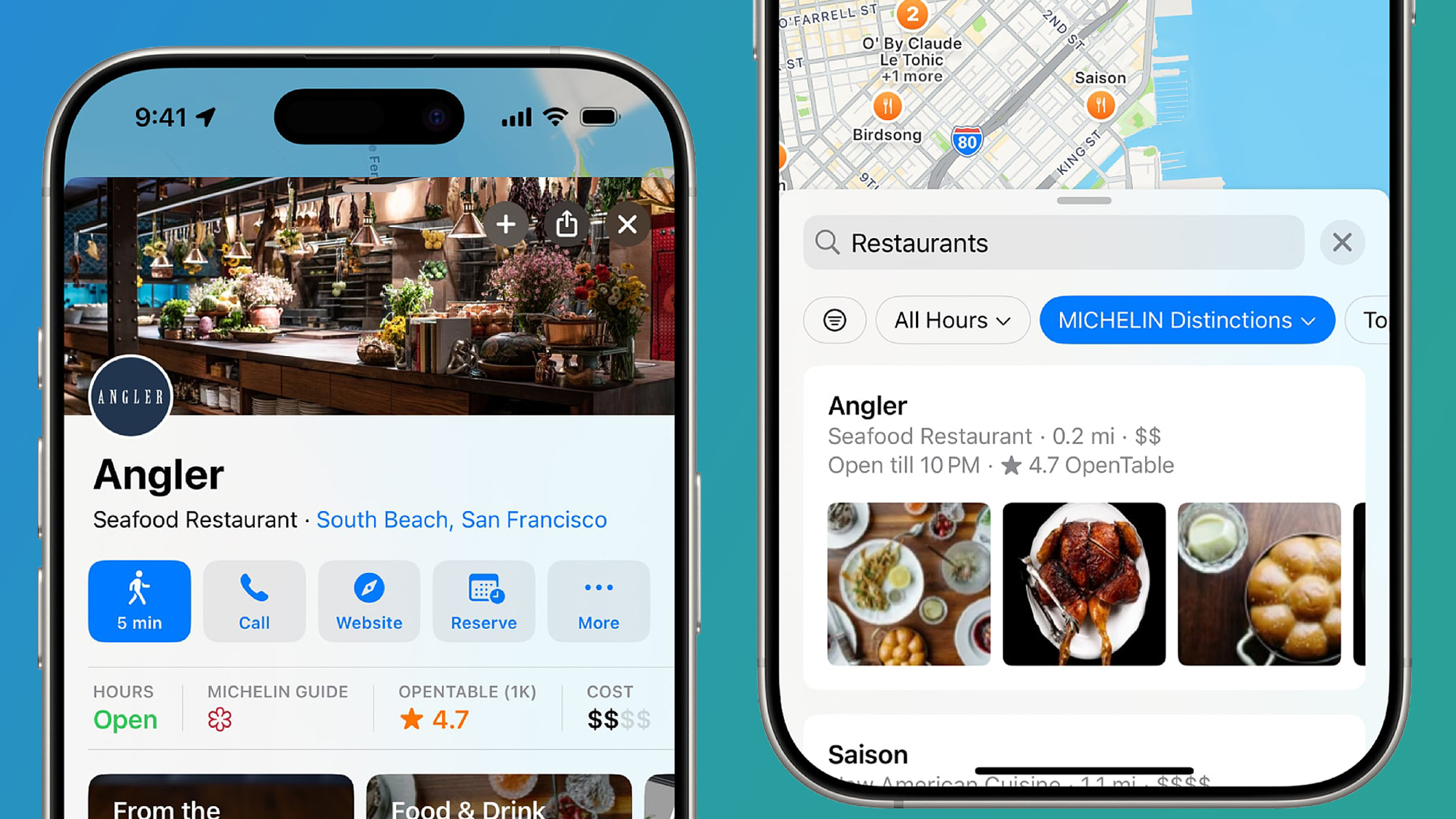



































-Abstract-Background-102024-SOURCE-Thuma.jpg)



















































































































![[The AI Show Episode 147]: OpenAI Abandons For-Profit Plan, AI College Cheating Epidemic, Apple Says AI Will Replace Search Engines & HubSpot’s AI-First Scorecard](https://www.marketingaiinstitute.com/hubfs/ep%20147%20cover.png)

























![How to Enable Remote Access on Windows 10 [Allow RDP]](https://bigdataanalyticsnews.com/wp-content/uploads/2025/05/remote-access-windows.jpg)



















































































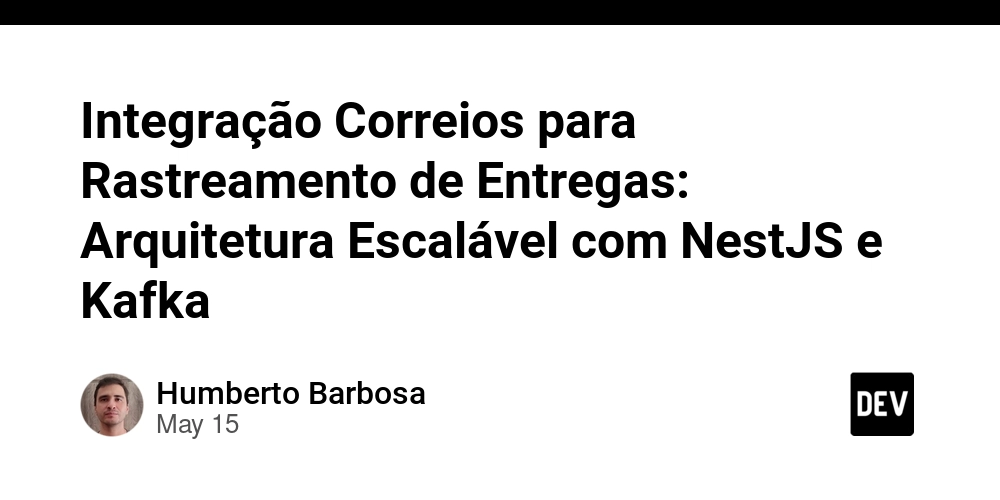

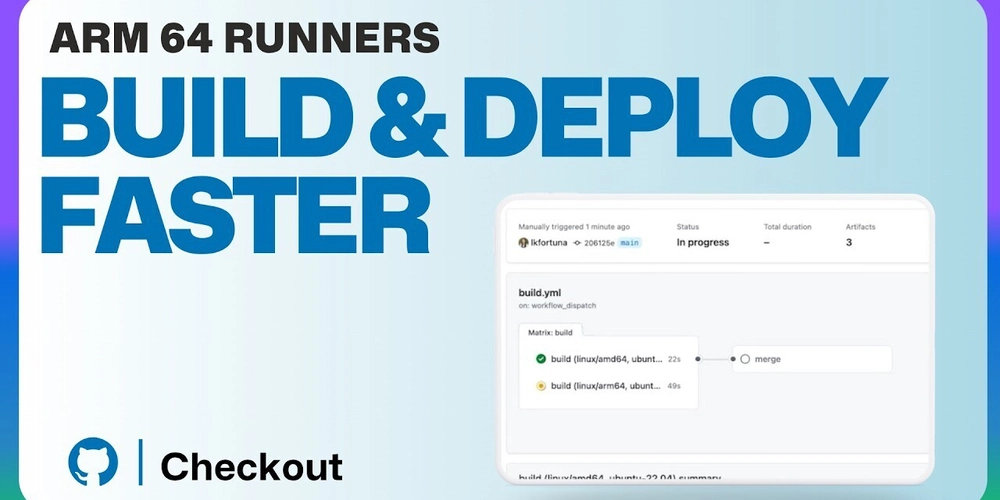









![[DEALS] The 2025 Ultimate GenAI Masterclass Bundle (87% off) & Other Deals Up To 98% Off – Offers End Soon!](https://www.javacodegeeks.com/wp-content/uploads/2012/12/jcg-logo.jpg)






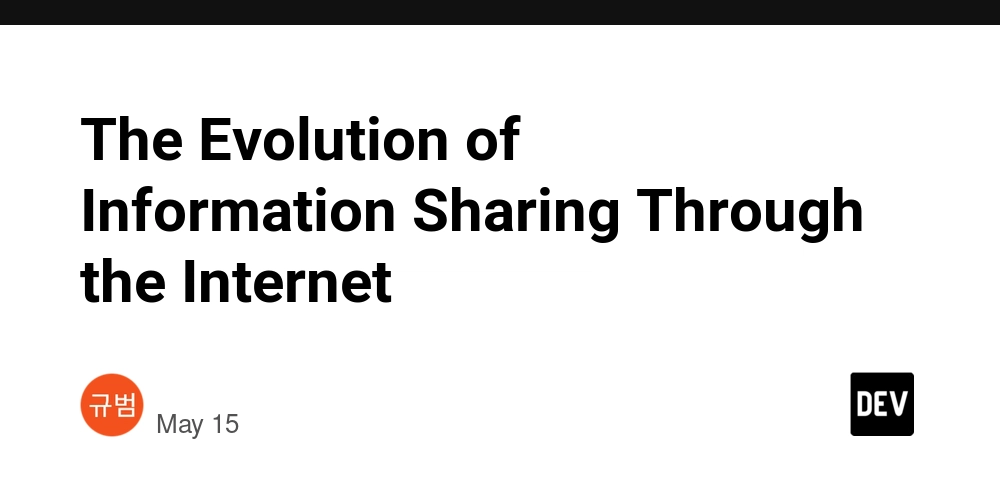


































































![Legends Reborn tier list of best heroes for each class [May 2025]](https://media.pocketgamer.com/artwork/na-33360-1656320479/pg-magnum-quest-fi-1.jpeg?#)

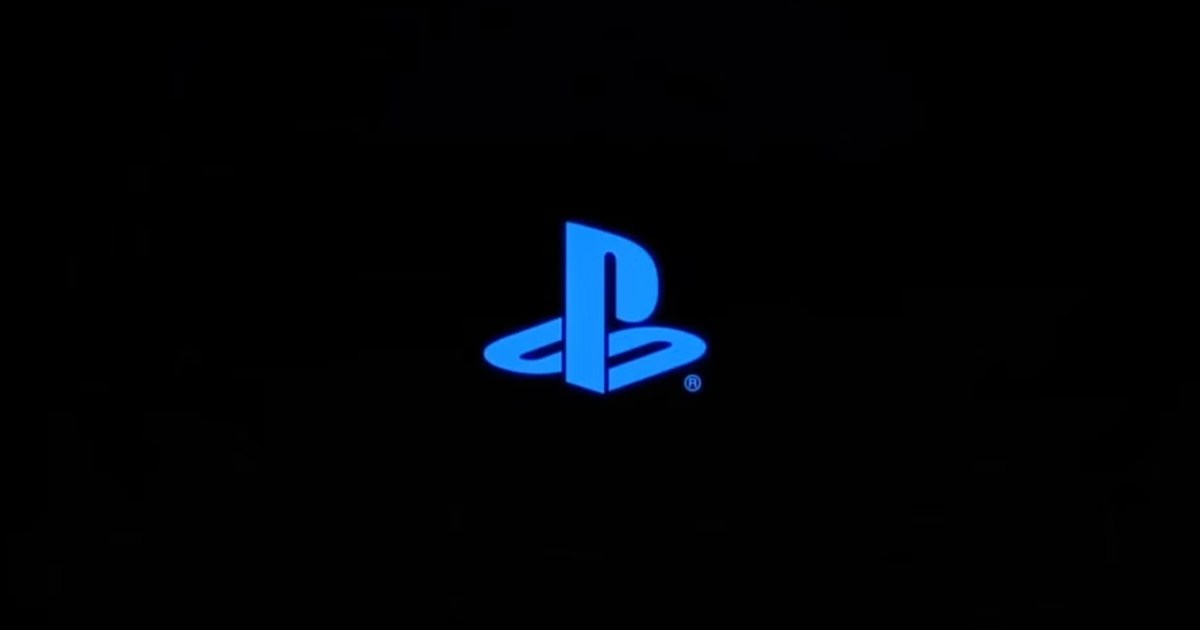













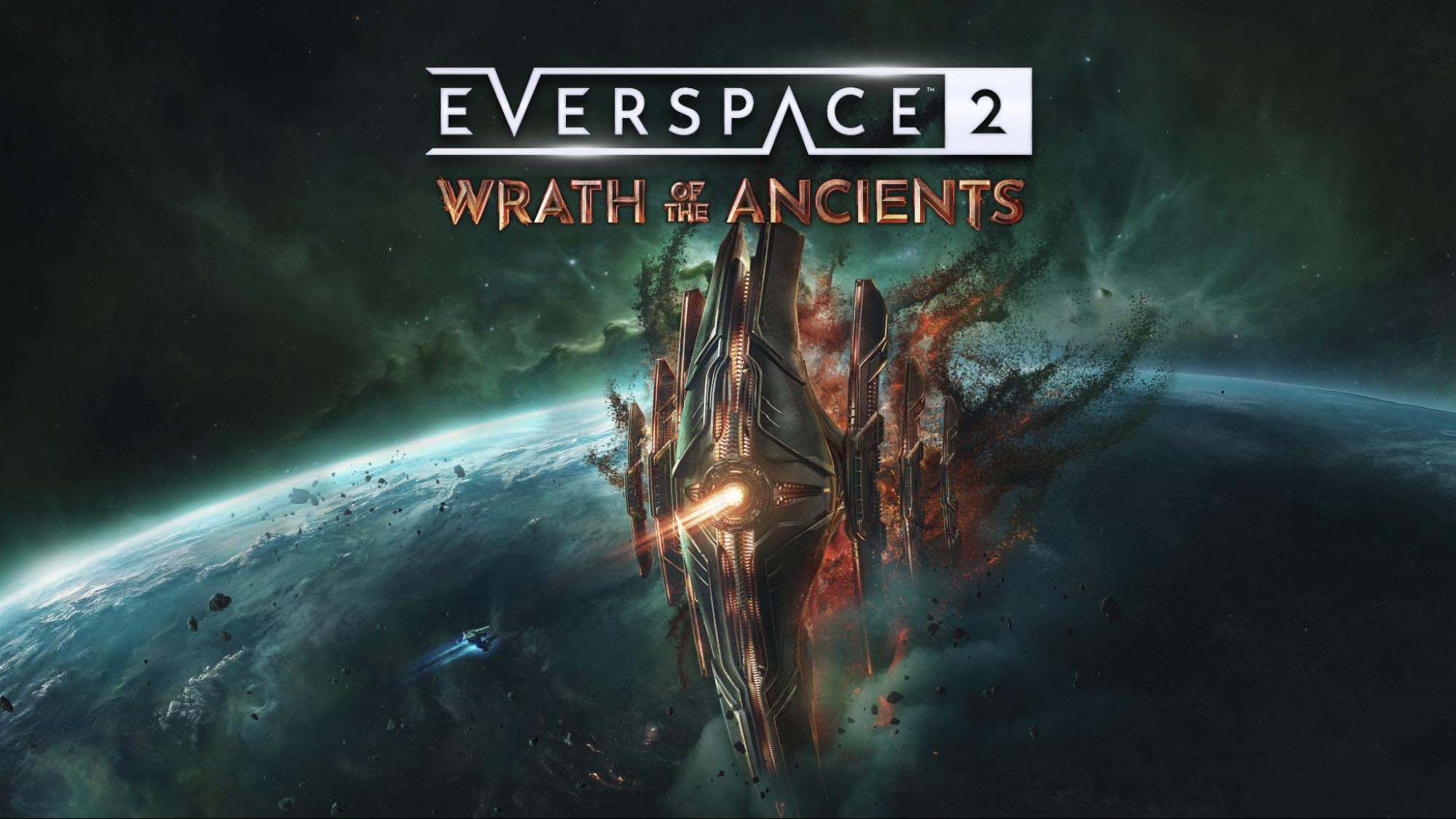
















































-Olekcii_Mach_Alamy.jpg?width=1280&auto=webp&quality=80&disable=upscale#)


_KristofferTripplaar_Alamy_.jpg?width=1280&auto=webp&quality=80&disable=upscale#)















































































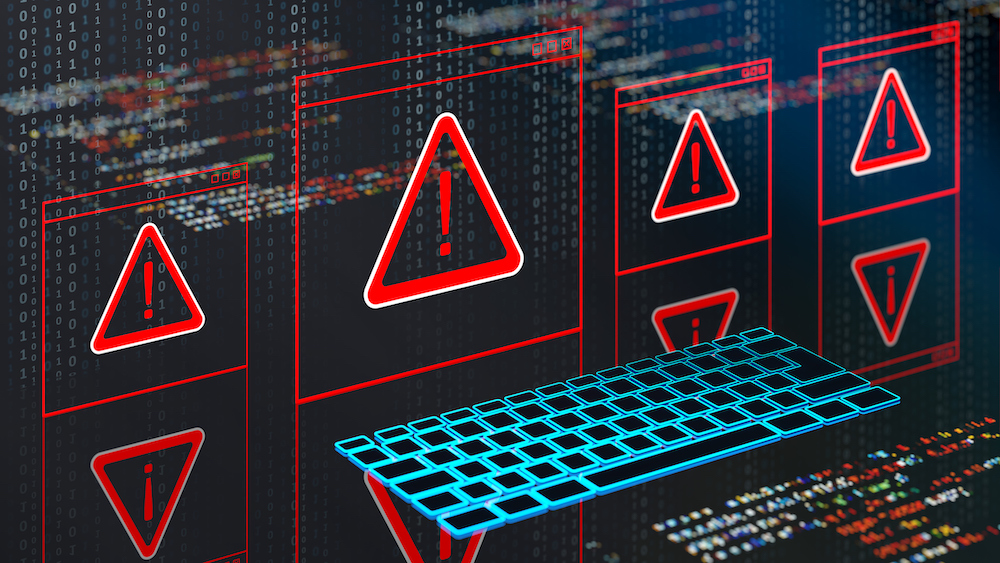






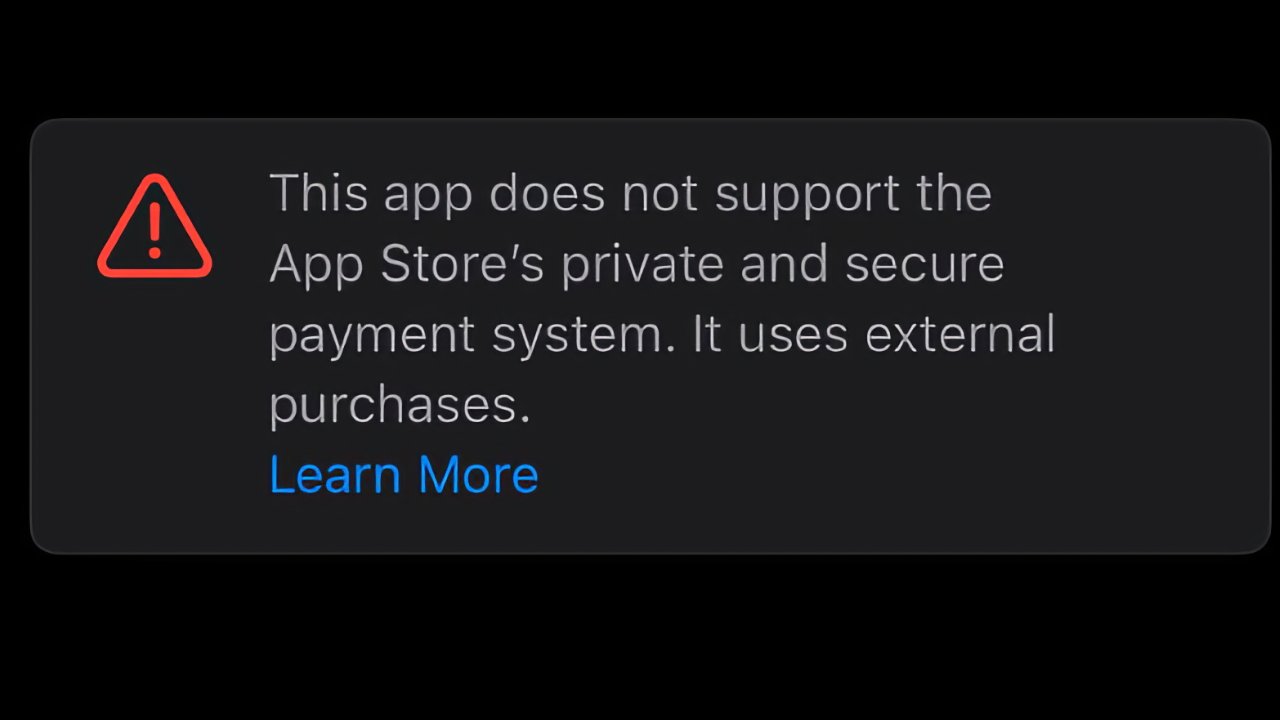







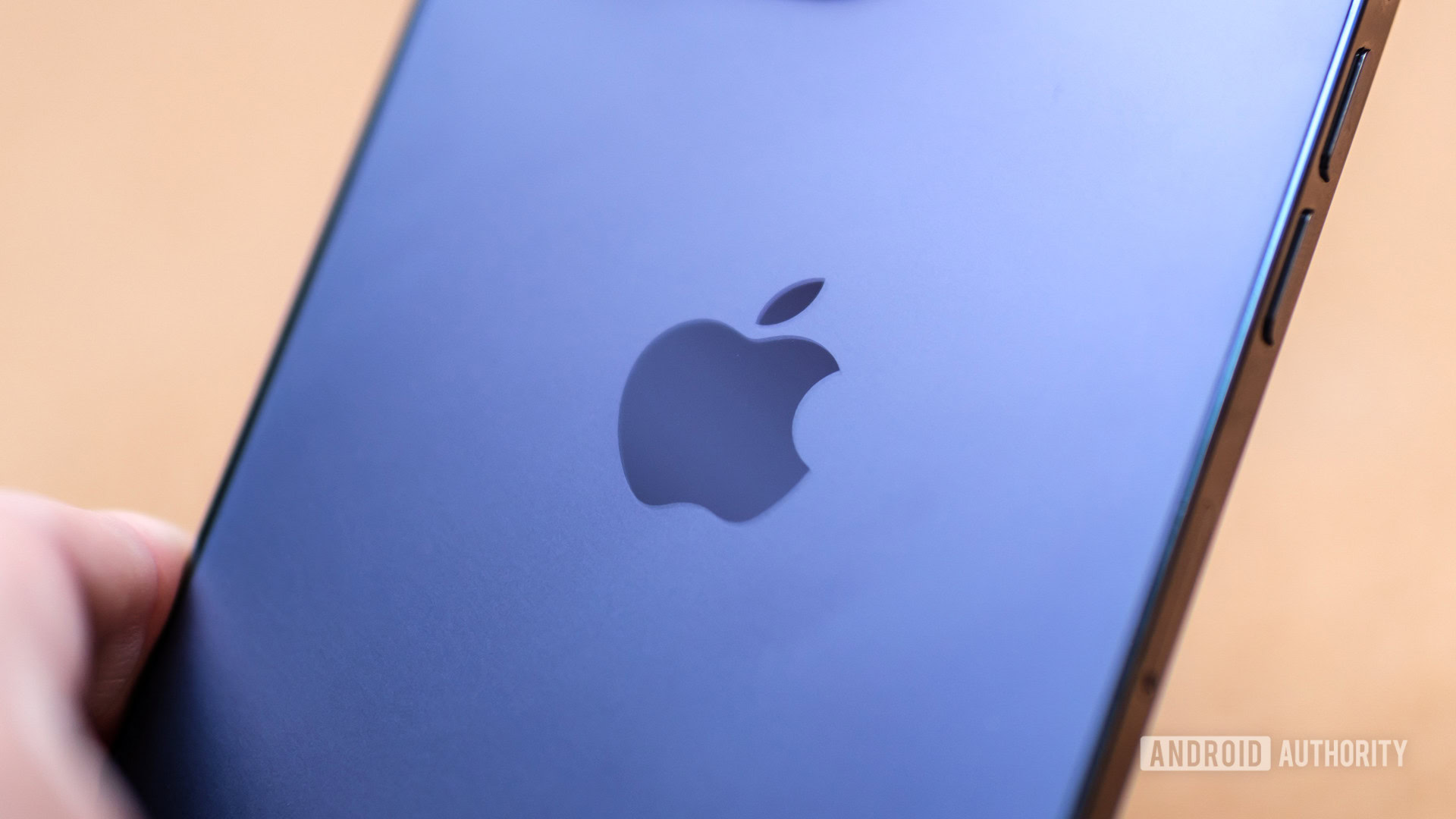

![Data brokers won’t be banned from selling your personal data without good reason [U]](https://i0.wp.com/9to5mac.com/wp-content/uploads/sites/6/2024/12/Data-brokers-may-be-banned-from-selling-your-personal-data.jpg?resize=1200%2C628&quality=82&strip=all&ssl=1)



















![Vision Pro May Soon Let You Scroll With Your Eyes [Report]](https://www.iclarified.com/images/news/97324/97324/97324-640.jpg)
![Apple's 20th Anniversary iPhone May Feature Bezel-Free Display, AI Memory, Silicon Anode Battery [Report]](https://www.iclarified.com/images/news/97323/97323/97323-640.jpg)


















